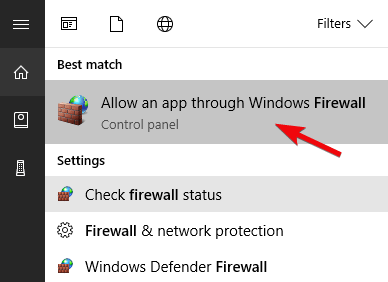
So, if you want a 4K gaming monitor with the best HDR picture quality, you’ll need to invest in a G-SYNC model or wait for one of the upcoming models whether the display itself is worth the price is another question, which you can learn more about in our PG32UQX review.I really love people x7007 and Offler man. However, the PG32UQX isn’t cheap as it goes for ~$3000 and there are no FreeSync or G-SYNC Compatible 4K monitors available with FALD at the moment, though there are several such displays announced for 2022, at a lower price too. These zones can individually dim parts of the image that need to be dark without affecting the bright parts, thus, significantly increasing the contrast ratio and improving the HDR viewing experience. If you want the absolute best 4K HDR image quality, you’ll need to invest in a G-SYNC monitor, such as the ASUS PG32UQX.īesides the G-SYNC module, this monitor has an 1152-zone full-array local dimming (FALD) solution. It lacks an sRGB mode, DSC and MBR - all of which is supported by the M27Q-X at a much lower price. Now, when we get to 1440p 240Hz models, you have a choice between something like the Dell AW2721D with G-SYNC and HDR600 or the Gigabyte M27Q-X with FreeSync and HDR400.ĭell’s model offers a slightly better HDR image quality, but it also has some downsides. For the same price, you can get the MSI MAG274QF-QD with a newer IPS panel that boasts a wider color gamut and a faster response time speed. For instance, the Acer XV252QF with FreeSync is not only $100 – $200 cheaper than the G-SYNC variants, such as the Dell AW2521H – it also offers better MBR implementation and an overclockable refresh rate of 390Hz, all while having just as good image quality, pixel response time and VRR performance.Īnother good example is the Acer XB271HU 1440p 144Hz IPS gaming monitor with G-SYNC, which goes for ~$500.
PUBG DSYNC AND LAG REDDIT 1080P
The same applies to 1080p 360Hz monitors. And if they want to play some more demanding games as well, regular VRR will do just fine here as most 1080p 240Hz IPS models have excellent overdrive implementations and a wide enough dynamic range to support LFC (Low Framerate Compensation).Ī lot of competitive FPS gamers also prefer a good implementation of Motion Blur Reduction, such as that of the ViewSonic XG2431, to VRR. Well, since it’s mostly competitive gamers who pick 240Hz displays, G-SYNC is not worth the extra ~$150 as they usually prefer to play with uncapped frame rates (over 240FPS which disables VRR) for minimal input lag.Īt such high refresh/frame rates, screen tearing is barely visible, too. So, what about 1080p 240Hz monitors with G-SYNC? No - because at that price range, you can get a 1080p 240Hz IPS gaming monitor with FreeSync/G-SYNC Compatible, which would provide you with a significantly better image quality and smoother performance. It’s a 1080p 144Hz (overclocks to 180Hz) display with a TN panel and 1ms GtG response time. The cheapest G-SYNC monitor is the Acer XB241H. Sure, it wouldn’t have a G-SYNC module, but it might have a higher resolution, a faster refresh rate, or a higher-quality panel, which would provide you with an overall better gaming experience than G-SYNC. In many cases, for the extra price you’d have paid for a G-SYNC monitor in comparison to its Adaptive-Sync counterpart, you could simply buy a better display with FreeSync/G-SYNC Compatible. Generally, most G-SYNC monitors are not worth it.

Some FreeSync/G-SYNC Compatible monitors have just as wide VRR range as G-SYNC models as well as flawless overdrive implementations, which is why there’s no simple answer to the question: is G-SYNC worth it? In contrast, AMD’s FreeSync and NVIDIA’s G-SYNC Compatible technologies do not increase the cost of the monitors as they’re based on royalty-free Adaptive-Sync protocols of HDMI and/or DisplayPort.Īdditionally, just like G-SYNC, Adaptive-Sync provides you with a variable refresh rate for tear-free gameplay, but usually, the supported VRR range is narrower and the overdrive implementation is not as good. This module also increases the monitor’s price. NVIDIA G-SYNC displays feature a special module integrated into the monitor, which provides a variable refresh rate (VRR) as well as variable overdrive for compatible NVIDIA cards.
PUBG DSYNC AND LAG REDDIT PC
Deciding whether a G-SYNC monitor is worth it depends on many things, including what’s your PC configuration and budget, what FreeSync monitor alternatives are available and what resolution/refresh rate you’re interested in, among other things.


 0 kommentar(er)
0 kommentar(er)
